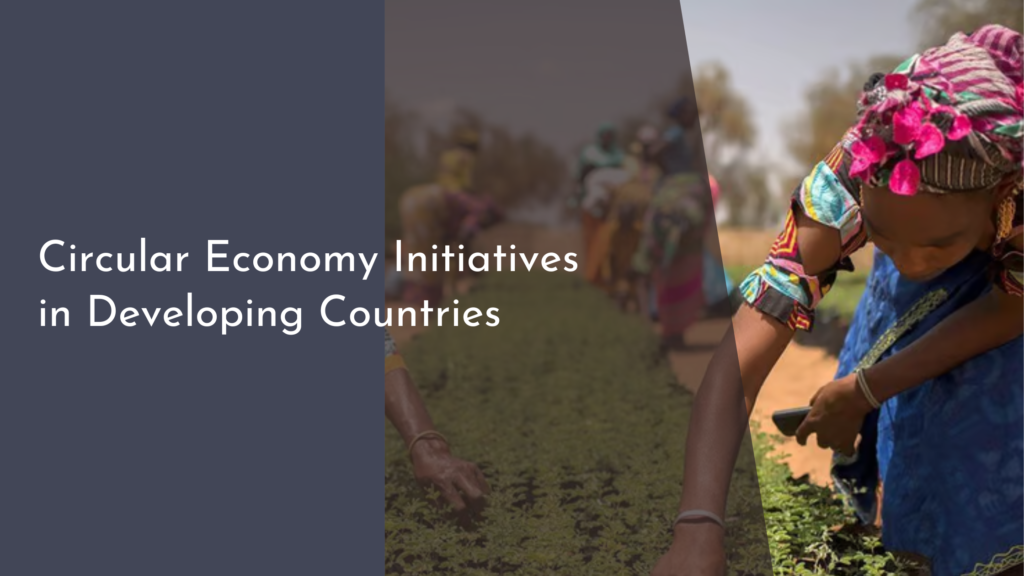Agroforestry for Sustainable Silk Production
Silk has long been cherished for its luxurious texture and elegance, but the traditional methods of silk production often come at a significant environmental cost. Thankfully, innovative solutions like agroforestry are paving the way for a more sustainable approach to this ancient craft. Agroforestry, which integrates trees and shrubs into agricultural landscapes, presents an exciting opportunity for silk farmers to enhance productivity while nurturing the environment. In this article, we explore the joy of agroforestry in silk production, the symbiotic relationship between trees and silkworms, the benefits of sustainable silk farming, and how you can join the movement for a greener future.
Discover the Joy of Agroforestry in Silk Production
Agroforestry combines agricultural and forestry practices to create sustainable land-use systems. In the context of silk production, this means planting mulberry trees alongside silkworm rearing activities. These trees serve as a primary food source for the silkworms, which are crucial for silk production. By incorporating trees into the landscape, farmers can not only support the silkworms but also improve soil quality, enhance biodiversity, and create a more resilient ecosystem. This harmonious blend of crops and trees embodies a living, thriving community that boosts the overall health of the farm.
Moreover, agroforestry brings joy to farmers by fostering a deeper connection with nature. The sight of lush greenery, the sound of rustling leaves, and the feel of rich soil between their fingers invigorate those who work in this system. With sustainable practices, farmers can enjoy a steady income from silk production while protecting the environment and promoting biodiversity. This sense of fulfillment is a wonderful aspect of agroforestry that can make silk farming an even more rewarding endeavor.
How Trees and Silkworms Create a Thriving Ecosystem
The relationship between trees and silkworms is a fascinating example of ecological synergy. Mulberry trees provide essential nutrition for silkworms, which feed on their leaves to thrive and produce high-quality silk. In return, the trees benefit from the organic matter and nutrients that result from silkworm waste, creating a nutrient-rich environment for growth. This cycle fosters a thriving ecosystem where both silkworms and trees can flourish, enhancing silk production and promoting biodiversity.
Additionally, agroforestry systems help control pests and diseases naturally. By planting diverse species alongside mulberry trees, farmers can attract beneficial insects that prey on harmful pests. This reduces the need for chemical pesticides, leading to healthier silkworms and higher-quality silk. The harmonious environment created by agroforestry not only enhances silk production but also protects and preserves the natural ecosystem, showcasing a beautiful balance between agriculture and nature.
Benefits of Sustainable Silk Farming with Agroforestry
Sustainable silk farming through agroforestry offers a multitude of benefits for both farmers and the environment. Firstly, it promotes soil health by enhancing organic matter, preventing erosion, and improving water retention. Healthy soil is vital for robust plant growth, which translates to higher yields and better-quality silk. Furthermore, by diversifying crops and introducing tree species, farmers can build resilience against climate change, pests, and diseases, ensuring consistent production over the years.
On an economic level, sustainable silk farming can be more profitable in the long run. By reducing dependence on chemical inputs and enhancing ecosystem services, farmers can cut costs while maintaining productivity. The added benefit of producing eco-friendly silk can also attract conscious consumers who are willing to pay a premium. This shift towards sustainability not only supports local economies but also contributes to a greener, more sustainable future for silk production as a whole.
Join the Movement: Eco-Friendly Silk for a Greener Future
As awareness of the environmental impact of traditional silk production grows, many consumers are actively seeking eco-friendly alternatives. By choosing silk produced through agroforestry practices, you can support sustainable farming methods that protect ecosystems and promote biodiversity. Eco-friendly silk is not just a product; it’s a movement towards responsible consumption and a healthier planet.
You can also play a part in this movement by spreading the word about sustainable silk practices. Engage in conversations with friends, family, and your community about the benefits of agroforestry in silk production. By supporting brands that prioritize sustainability and ethical sourcing, you contribute to a growing demand for eco-friendly silk, encouraging more farmers to adopt these practices. Together, we can create a greener future, one beautiful silk thread at a time.
Agroforestry presents a vibrant, sustainable path for silk production that benefits both the environment and the livelihoods of farmers. By nurturing the relationship between trees and silkworms, we can foster a thriving ecosystem that sustains quality silk while protecting our precious natural resources. As consumers, we hold the power to drive change through our choices. Let’s embrace eco-friendly silk and join the movement towards a greener future, ensuring that the beauty of silk continues to shine sustainably for generations to come.



